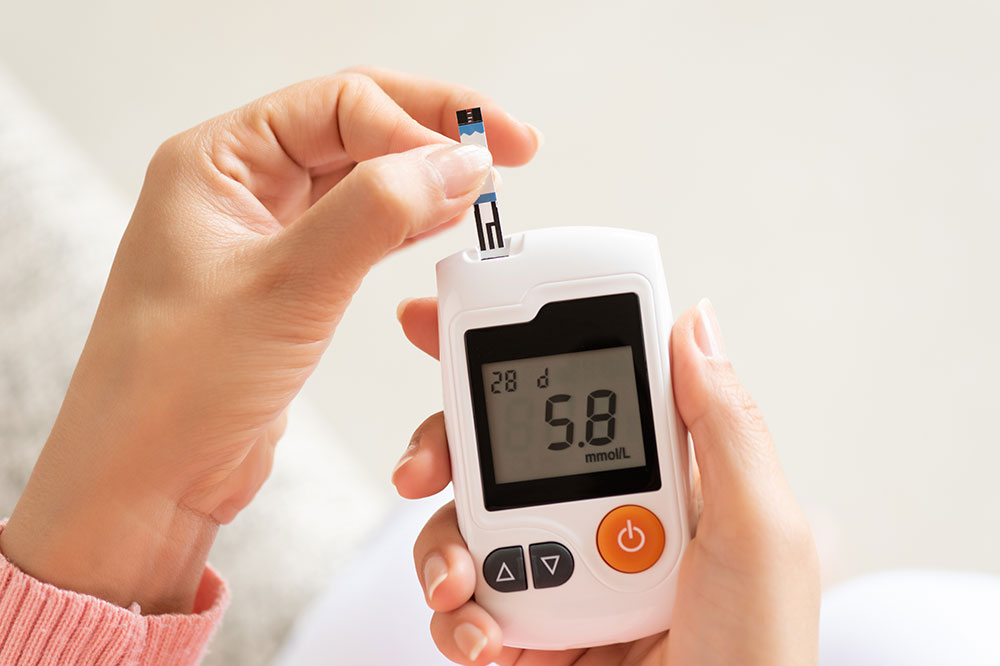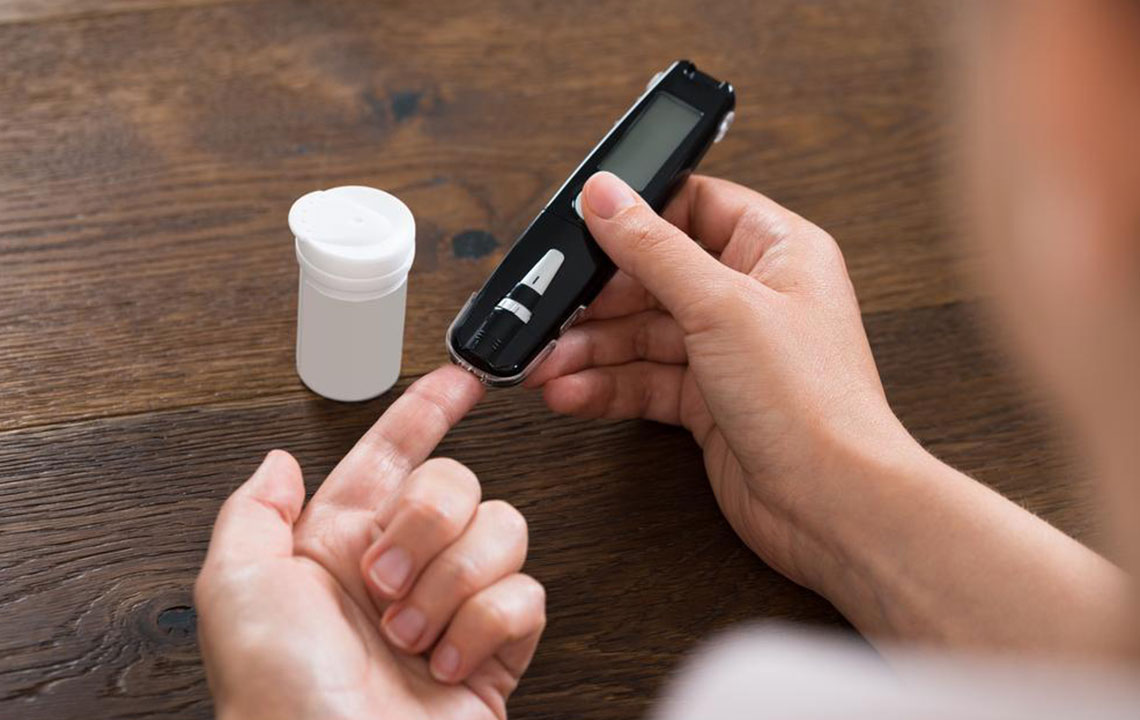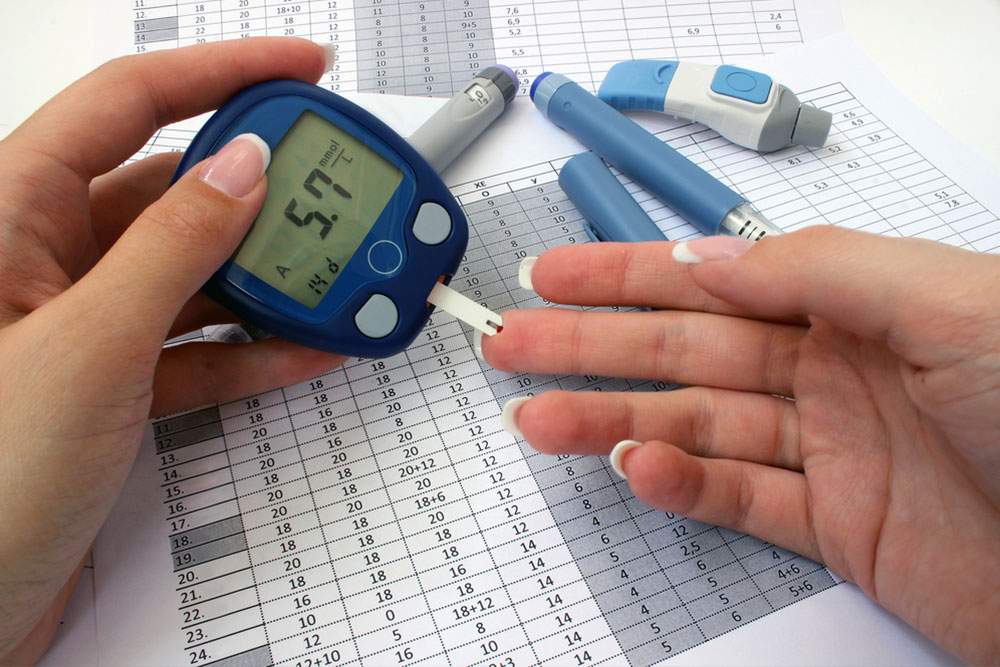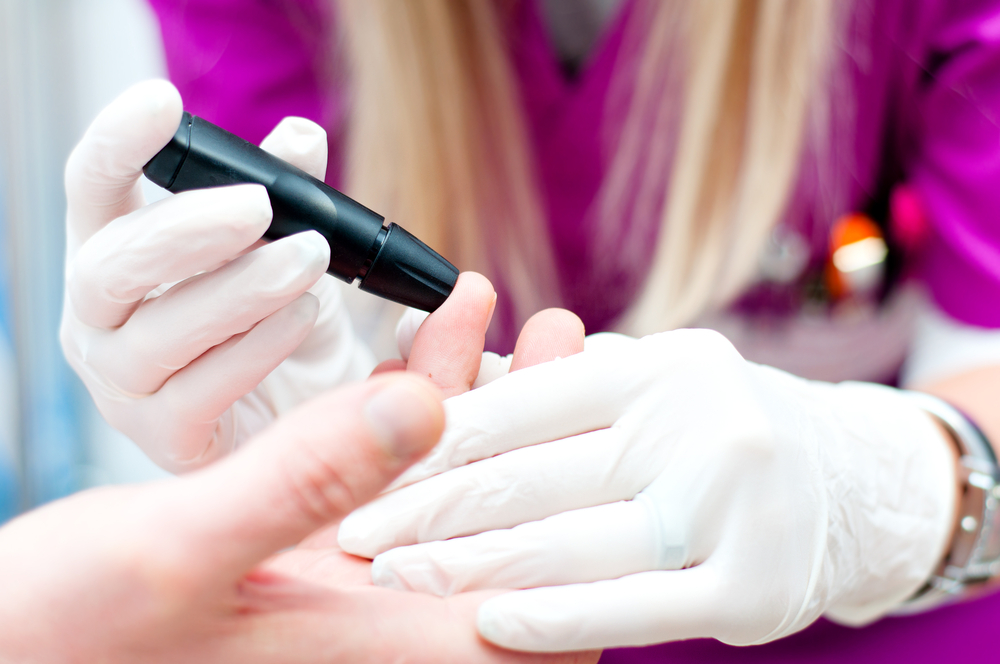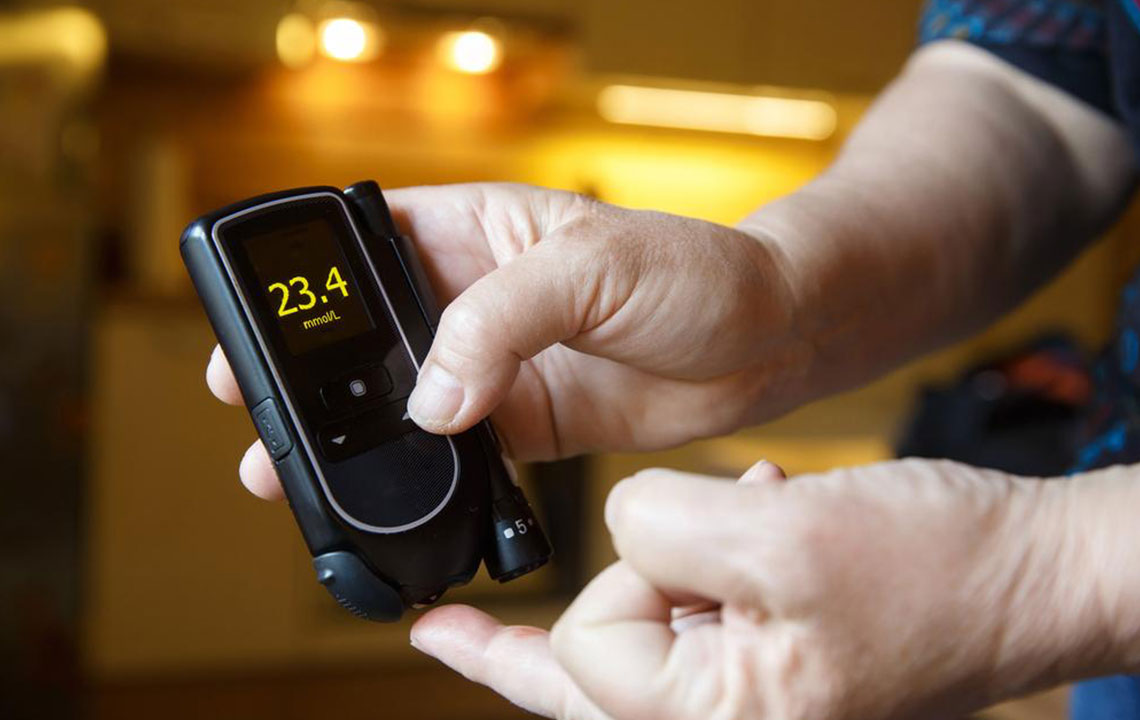Comprehensive Guide to Maintaining Optimal Blood Sugar Levels for Better Health
This comprehensive article offers detailed insights into understanding, monitoring, and maintaining healthy blood sugar levels. It highlights key blood glucose targets for healthy individuals and diabetics, symptoms of imbalance, effective monitoring methods, and the long-term health risks associated with uncontrolled high blood sugar. By adopting proactive management strategies, individuals can improve their overall health, prevent complications, and enjoy sustained wellness. A must-read guide for anyone interested in better metabolic health and diabetes prevention and control.

Comprehensive Guide to Maintaining Optimal Blood Sugar Levels for Better Health
Understanding and managing your blood sugar levels is a fundamental aspect of maintaining overall health and preventing metabolic disorders such as diabetes. Proper regulation of blood glucose levels can help you avoid the complications associated with hyperglycemia and hypoglycemia, promote energy stability, and support long-term wellness. This detailed guide explores what constitutes healthy and unhealthy blood sugar ranges, how to monitor them effectively, and strategies to achieve and sustain optimal levels through diet, lifestyle, and medical interventions.
Blood sugar management is crucial for everyone, whether you have diabetes or not. Even subtle fluctuations can impact your health, making regular blood glucose testing a vital routine. Learning about normal levels, recognizing signs of imbalance, and employing suitable monitoring methods are steps towards better health literacy and proactive care.
Understanding Normal Blood Sugar Levels in Healthy Individuals
Blood glucose levels are typically assessed at specific points during the day to provide an accurate picture of your metabolic state. These key measurements include fasting blood sugar, post-meal (postprandial) blood sugar, and Hemoglobin A1c levels, each offering valuable insights into your body's glucose regulation.
Fasting Blood Sugar: This test measures blood glucose after an overnight fast of at least 10 hours, usually performed in the early morning before breakfast. The normal fasting blood sugar levels for healthy individuals hover between 70 to 99 mg/dL (milligrams per deciliter). Values within this range suggest effective management of blood glucose and low risk of developing diabetes.
Post-Meal Blood Sugar: After consuming a meal, blood sugar naturally rises. A typical postprandial blood sugar measurement is taken approximately 1.5 to 2 hours after eating. For healthy individuals, this level should be below 140 mg/dL, with the most optimal being under 120 mg/dL. Elevated post-meal glucose levels might indicate insulin resistance or impaired glucose tolerance.
Hemoglobin A1c (HbA1c): This blood test provides an overview of average blood glucose over the past 2 to 3 months, reflecting the long-term control of blood sugar. For non-diabetic individuals, a normal HbA1c level is below 5.7%. Values between 5.7% and 6.4% suggest prediabetes, while levels above 6.5% are indicative of diabetes. Maintaining HbA1c within the normal range is essential for reducing the risk of complications associated with chronic hyperglycemia.
Target Blood Sugar Levels for Diabetes Management
For individuals diagnosed with diabetes, meticulous blood sugar control is vital to prevent both acute and chronic health issues. The targets differ slightly from those of healthy individuals, emphasizing the importance of personalized medical advice.
Fasting Blood Sugar for Diabetics: The recommended range is typically between 80-130 mg/dL. Staying within this window can help prevent sudden swings and reduce the risk of long-term damage.
Post-Meal Blood Sugar: Levels should ideally stay below 180 mg/dL two hours after eating. Consistently high post-meal readings may necessitate adjustments in medication, diet, or lifestyle.
HbA1c Goals: The general target for diabetics is an HbA1c below 7.0%. However, individual goals can vary based on age, health status, and physician recommendations. Regular monitoring helps ensure that blood sugar stays within the desired range, minimizing complications like nerve damage, kidney issues, and vision problems.
Recognizing Symptoms of High Blood Sugar and Diabetes
Detecting high blood sugar early through symptoms is critical for prompt intervention and preventing severe complications. Common signs and symptoms include persistent fatigue, an ongoing sense of hunger despite recent eating, frequent urination, dry or itchy skin, and blurred vision. These indicators warrant immediate blood sugar testing and professional medical consultation to determine the underlying causes and appropriate treatment.
In some cases, individuals may experience additional symptoms such as unexplained weight loss, slow wound healing, recurrent infections, or numbness and tingling in extremities. Recognizing these signs can aid in early diagnosis and better management of blood glucose levels.
Monitoring Techniques for Stable Blood Sugar Levels
Effective blood sugar monitoring is essential for both diabetics and non-diabetics aiming for optimal health. Several methods are available to track glucose levels accurately and conveniently:
Continuous Glucose Monitors (CGMs): These advanced devices involve inserting a small sensor under the skin, typically in the abdomen or arm, which measures glucose levels round-the-clock. CGMs provide real-time data that can help users identify patterns, detect highs and lows, and adjust lifestyle or medication accordingly. They are particularly beneficial for diabetics needing tight control over their blood sugar.
Finger-Prick Blood Glucose Tests: Using a small lancet and glucose meter, individuals can periodically check their blood sugar levels at home. Regular testing, especially before meals and bedtime, helps in maintaining tight control and making informed decisions about diet, activity, and medication.
Routine Blood Tests: For non-diabetics, healthcare providers may recommend periodic laboratory tests to monitor overall glucose metabolism and catch any early warning signs of issues.
Consequences of Unmanaged High Blood Sugar
Failure to regulate high blood sugar can lead to severe health repercussions. Chronic hyperglycemia damages nerves, leading to neuropathy, and affects kidney function, resulting in nephropathy. It also harms blood vessels, increasing the risk of cardiovascular diseases such as heart attack and stroke.
Small blood vessels in the eyes are particularly vulnerable, which can result in diabetic retinopathy, causing vision impairment or even blindness if left untreated. Additionally, uncontrolled high blood sugar impairs immune function, making infections more frequent and harder to heal. Over time, these complications diminish quality of life and increase healthcare costs.
Thus, maintaining blood sugar within healthy ranges isn’t just about immediate comfort, but about safeguarding long-term health and preventing life-altering conditions.
In Conclusion:
Adopting a proactive approach to blood sugar management is crucial in today’s health landscape. From understanding normal blood glucose levels to employing effective monitoring techniques, every individual can take steps toward a balanced, healthy lifestyle. Regular medical check-ups, mindful eating habits, and routine lifestyle modifications are the cornerstones of successful blood sugar control. Whether you are managing diabetes or simply aiming to stay healthy, maintaining optimal blood sugar levels is a vital component of your overall wellness strategy. Embrace these practices today to enjoy a healthier tomorrow.
